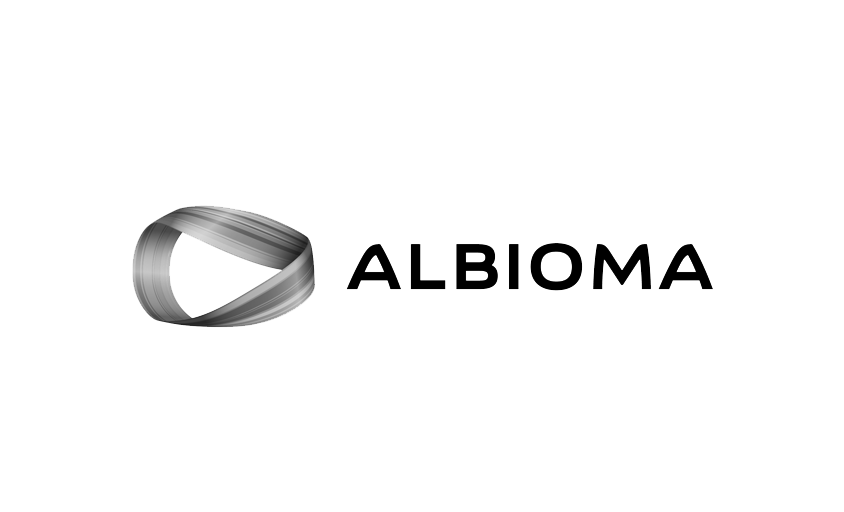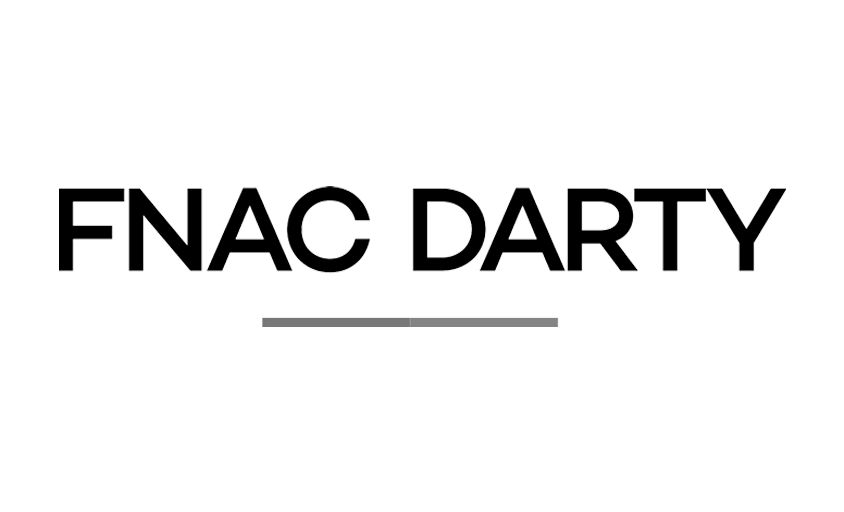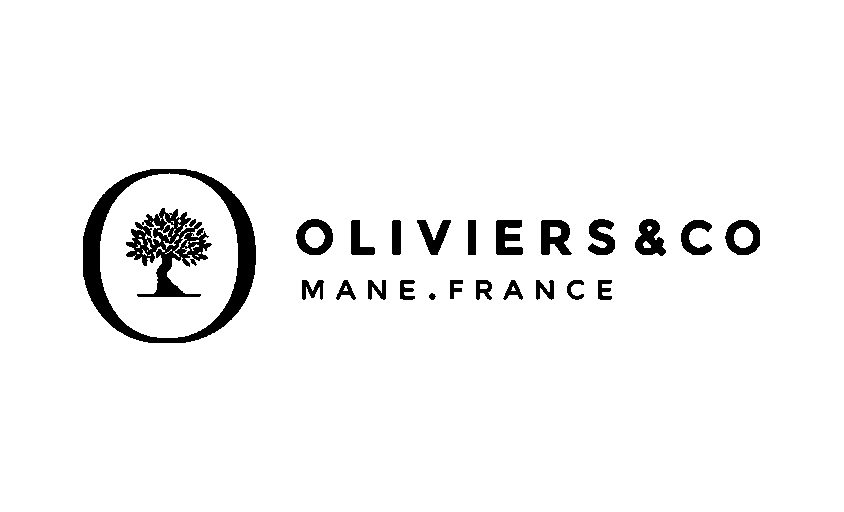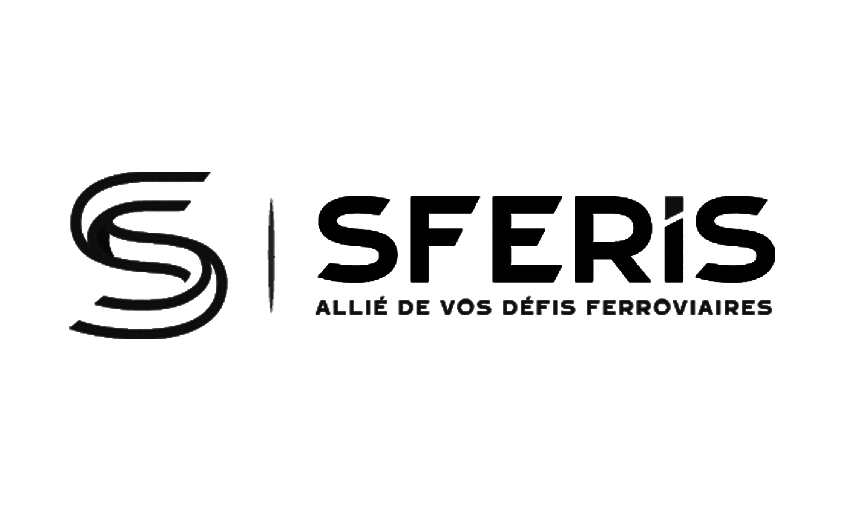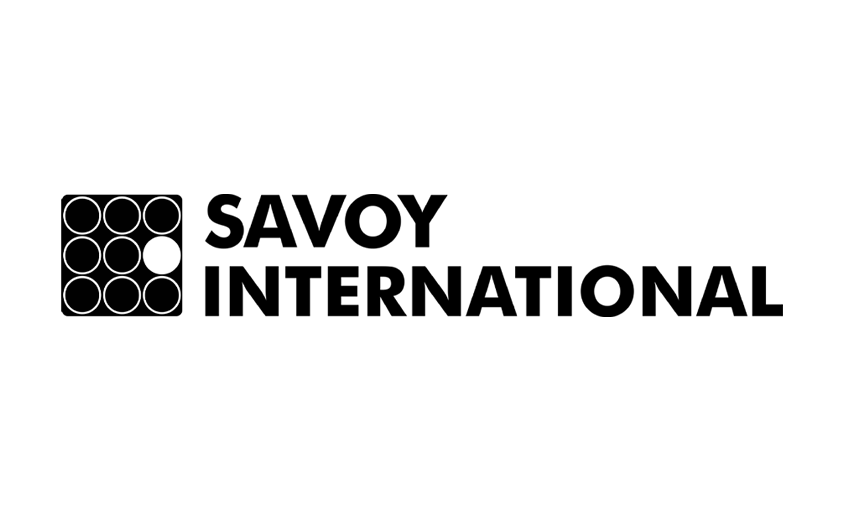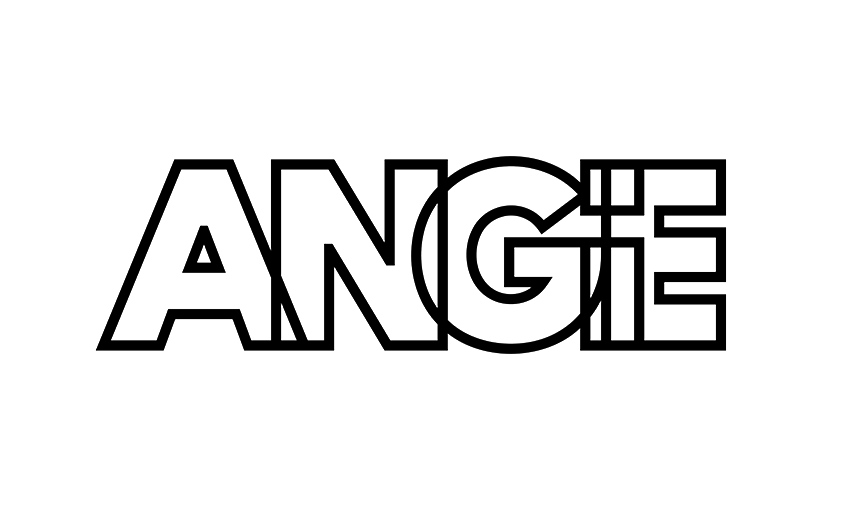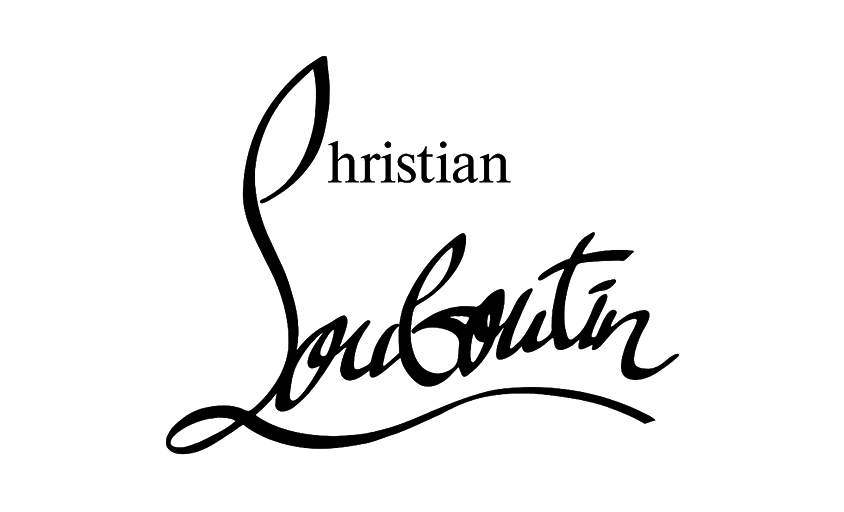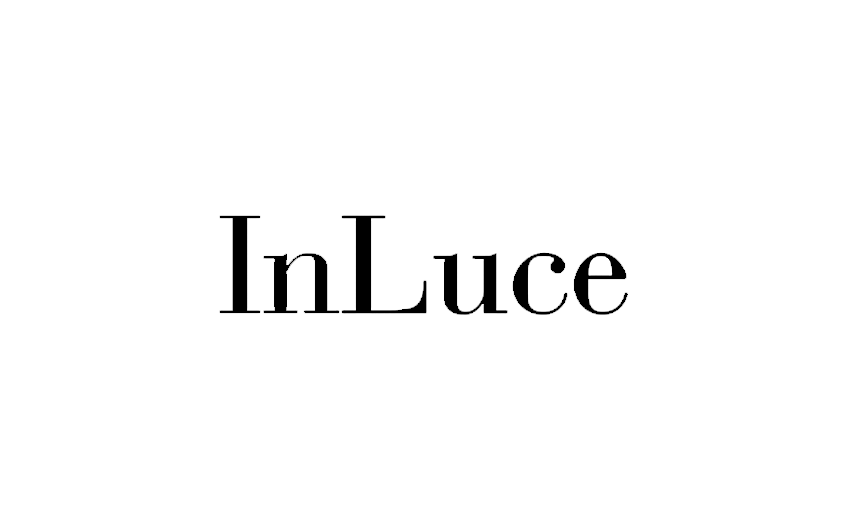Artistic Photography
In this article :
Artistic photography is not a technique or a defined style. It is an intention. A stance. A way of using the camera as a medium, just like a paintbrush, a chisel, or a pen. It does not aim to document or sell a product. It does not follow a commission. It questions, provokes, challenges, and suggests.
In a world saturated with instant images, artistic photography slows the gaze and invites us to see differently. It tells a story but never reveals everything. It is this tension, between reality and interpretation, that makes it a true form of art.
What is artistic photography?
It is neither about sharpness nor noble subjects. A blurry image, harsh lighting, an insignificant detail, anything can become art if it carries a clear intention. What sets an artistic photograph apart from an ordinary one is not its polish but its purpose.
Where photojournalism seeks truth and commercial photography aims to persuade, artistic photography has nothing to prove. It answers to no commission, seeks neither to inform nor to sell. It does not ask for the viewer’s approval but rather invites interpretation.
It does not explain. It evokes, unsettles, disturbs, sometimes unintentionally. A cast shadow, an unusual framing, an absence of an obvious subject can be enough to provoke emotion or reflection.
It serves no function. It simply is free, subjective, elusive.
A practice between freedom and discipline
Creating freely does not mean creating randomly. Artistic photography demands quiet rigor, a constant commitment. Every choice matters: framing, light, timing, but also what remains outside the frame, ambiguity, imperfection. Behind a powerful image, there is always an intention, sometimes unconscious, but never trivial.
Some photographers construct visual narratives where each image is part of a continuum, weaving a subtle story. Others prefer raw instinct, capturing the moment without apparent premeditation. Some explore the margins, revealing the invisible, the silences, the vulnerabilities. Others draw on art history, poetry, or reinvent photographic language through technical experimentation.
Whatever the approach, they all share the same pursuit: giving their images uniqueness, a distinct voice. Because while artistic photography is free from the constraints of reportage or commercial commissions, it relies on a delicate balance between spontaneity and precision. Nothing is left to chance, even in the controlled chaos of certain works.
The major categories of artistic photography
- Landscape photography
Artistic landscape photography goes far beyond simple idyllic panoramas. It can capture the vastness of an arid desert, the misty atmosphere of a forest, or the dramatic violence of a storm at sea. Some photographers play with contrasts between nature and urbanism, incorporating architectural elements into compositions where humans are absent. Others explore temporality, using long exposure to smooth the movement of water or clouds, giving the landscape an almost surreal quality.
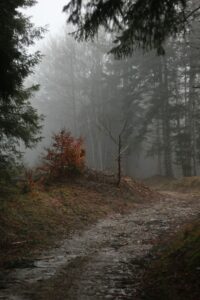
- Artistic Portraits
Artistic portraiture goes beyond simply representing the subject. It can be minimalist, with a face captured in soft, neutral light, or highly theatrical, featuring strong shadows and elaborate staging. Some portraits focus on body fragments, a hand, a gaze, leaving the rest in shadow or out of frame, enhancing mystery and emotion. The choice of format also plays a role: from tight close-ups to wider compositions that integrate the subject’s environment, every decision contributes to the artistic intention.

- Still Life
Photographing inanimate objects allows for exploration of light, texture, and composition. Still life can be simple and refined, with objects carefully arranged on a neutral background, or chaotic, playing with accumulation and disorder. Some photographers emphasize strong contrasts, such as vibrant fruits placed against a dark backdrop, reminiscent of classical paintings. Others experiment with unusual materials, like glass objects that interact with transparency and light refraction.
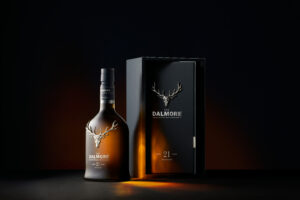
- Experimental Photography
Here, traditional shooting rules are disrupted. Some effects are created directly during capture, using intentional blurs, double exposures, or long exposures to capture movement. Others experiment with the very medium of the image: altered negatives, cyanotypes, or prints on unexpected surfaces. Experimental photography can also interact with the environment, for example, by using distorted reflections or unconventional light sources as the sole illumination.
- Abstract Photography
Without an identifiable subject, abstract photography relies on shapes, colors, and textures. It can be achieved by framing close-up details of the real world, cracks in a wall, the rippling surface of water, or shadows cast on the ground. Other approaches take advantage of natural distortions, such as reflections in glass or light filtering through translucent materials. The goal is to disorient the viewer, inviting them to see beyond the figurative.
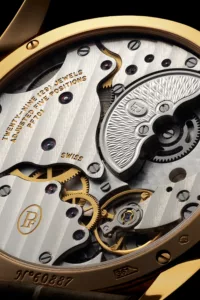
- Conceptual Photography
In this approach, the image is primarily a vehicle for an idea. Conceptual photography often relies on a carefully planned composition, with objects or characters arranged symbolically. It can take the form of a series where each photo contributes to a visual narrative. Some works play with the repurposing of everyday objects, giving them new meaning by removing them from their usual context. Others use absence as a central element, allowing emptiness or a trace to suggest an invisible presence.
- Black and White Photography
More than just the absence of color, black and white photography relies on a subtle interplay of light, contrasts, and textures. By removing the distraction of hues, it highlights composition, shapes, and pure emotions. Black and white invites a more intimate and contemplative reading of the image, playing with depth, material, and the viewer’s imagination.

The Impact of Digital
The transition to digital has profoundly expanded the scope of artistic photography. Not only has it made access to the practice easier, but it has also multiplied creative possibilities. Today, artists have a range of tools that redefine how an image is conceived, captured, and transformed.
Some of these tools include:
- Editing and Compositing Software → Programs like Photoshop, Lightroom, or Capture One allow for adjustments to light, color, texture, and even recomposition of images by merging multiple shots.
- Hybrid Techniques → Some artists blend photography with digital illustration, adding painted or drawn elements to their images.
- Artificial Intelligence → Tools like DALL·E or image processing algorithms enhance textures, simulate artistic styles, or generate elements impossible to capture in reality.
- Photogrammetry and 3D → Software like Blender or Metashape enables the integration of photography into three-dimensional compositions, creating works that blur the lines between photography and digital sculpture.
- Advanced Cameras and Sensors → The rise of high-definition sensors, HDR, and ultra-low-light photography opens up new avenues for experimentation.
However, while the tools evolve, the central question remains the same: what do we have to say? Emotion, storytelling, and the artist’s sensitivity remain at the heart of the process, regardless of the technologies used.
Existing as an Art Photographer Today
Artistic photography can be a profession, a passion, or an expressive outlet alongside other activities. But carving out a place for oneself in this field requires as much creativity as perseverance.
Artists can sustain themselves through various means:
- Selling Original Prints → These numbered and signed prints are sold directly or through specialized galleries.
- Exhibitions → Held in galleries, festivals, or cultural institutions, exhibitions help photographers gain recognition and showcase their work.
- Artist Residencies → Providing a space for research and creation, residencies offer opportunities to explore new approaches and receive financial or material support.
- Art Commissions → Some photographers collaborate with brands, institutions, or publishing houses to create custom works.
- Book Publishing → More and more artists self-publish their monographs, using platforms like Kickstarter to fund the printing process.
- Digital and Online Platforms → Instagram, Behance, or platforms like Artsper and Saatchi Art offer visibility and sometimes sales opportunities.
But beyond the financial aspect, existing as an art photographer also means finding a voice, a vision, a uniqueness. In a world saturated with images, it’s not the technique that makes the difference, but the ability to tell a story, evoke feelings, and create a universe that leaves a lasting impression on the viewer.
The Importance of Printing
Creating an image is one thing. Bringing it into the physical world is another. Printing is a crucial step for art photographers, as it transforms a simple image into a tangible work of art, giving it its own presence and materiality.
The choice of medium and printing technique directly influences the aesthetic and perception of the photograph:
- Silver Print: A traditional process used in the darkroom, it offers a unique depth and timeless quality.
- Pigment Inkjet Print: Highly sought after for limited editions, it ensures excellent color fidelity and long-lasting preservation.
- Art Papers: Matte, glossy, textured, baryta… The type of paper affects the brightness, detail rendering, and emotional impact of the image.
Beyond the technical aspect, printing gives the photograph its final form: its size, texture, and value. It also allows for exhibition, sale, and integration into art collections. A signed and numbered print becomes a unique or limited piece, affirming the photograph’s place in the art market.
In a world dominated by digital images, printing serves as a reminder that photography is not just a file, but a complete work of art.
Conclusion
Artistic photography doesn’t aim to be useful, profitable, or factual. It seeks to interpret. To offer a perspective. It invites the viewer to slow down, to feel, to reflect.
It is a space of freedom, doubt, and rigor. A space where the image does not illustrate but suggests. At Rétines, even when we undertake commercial shoots, we understand how artistic intent can enrich a project, give meaning to a series of images, and enhance their emotional impact.
Jérémy Carlo is the editorial director at Rétines, where he ensures the consistency and clarity of all content produced by the studio.
Our Clients
Let’s discuss
What we do for you at Rétines
Meticulous work, an organised project and fast delivery. And to achieve this, we mobilise the right resources in our teams at the right time.
01
Pre-production
Artistic and technical direction tailored to the project.
Relevant recommendations on content, form and resources.
02
Photo Shooting
Photos taken by our experienced photographers.
Production that’s controlled, efficient and tailored to the needs of the project, with nothing superfluous.
03
Retouching
Technique
Photographs magnified by our retouching team.
Post-production to meet the commercial challenges of the brief.

